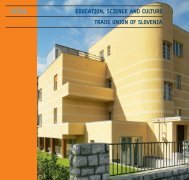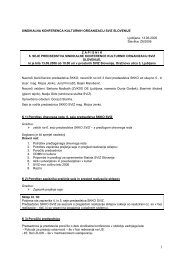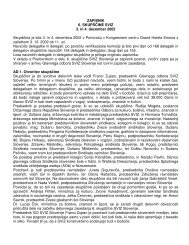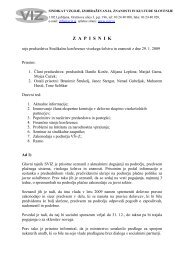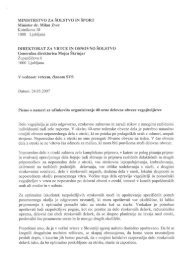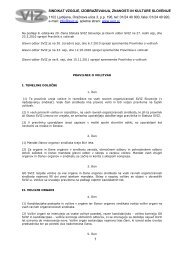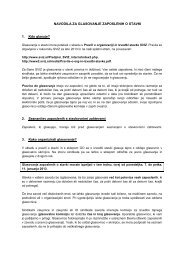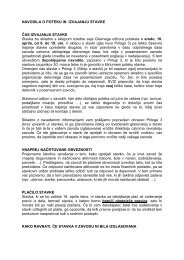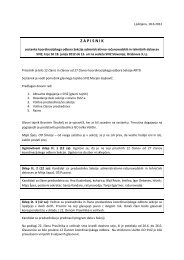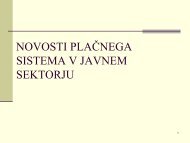Create successful ePaper yourself
Turn your PDF publications into a flip-book with our unique Google optimized e-Paper software.
enabled him to break through to the composers’ circles of the older generation.<br />
In his article ‘Neue Bahnen’ (New Paths), published in the journal Neue<br />
Zeitschrift für Musik in 1853, Schumann wrote enthusiastically, and at the<br />
same time prophetically, that Brahms “is destined to articulate the highest<br />
expression of the time in an ideal way”. Thus some years later Brahms was<br />
deeply saddened by Schumann’s illness, during which time he remained<br />
at the side of the elder composer’s wife Clara, a figure who aroused deep<br />
emotions in Brahms. From that time onwards, Clara represented the ideal<br />
woman, wife and mother to Brahms, and he always sought her approval<br />
with regard to his new works.<br />
In chamber music Brahms succeeded in capturing the full depth of his creative<br />
personality, while at the same time exhaustively exploring a range of formal<br />
and sonic possibilities. In a period of 40 years, between 1854 and 1894 (from<br />
the time of making the acquaintance of the Schumanns onwards) Brahms<br />
wrote twenty-four artistically perfected musical works. Amongst them, in<br />
the period of the ‘first maturity’, we find the String Sextet No. 1, composed<br />
between November 1859 and the summer of 1860, and first publicly performed<br />
by Joseph Jaochim’s expanded string quartet in October in Hanover. The<br />
composer’s own arrangement of the slow movement for piano was dedicated<br />
to Clara Schumann on the occasion of her birthday, on 13 September 1860.<br />
Before Brahms’s work the string sextet barely existed as a chamber music<br />
genre. In fact, Brahms’s sextet could itself be understood more as an attempt at<br />
approaching the symphony than as a pioneering work in the area of chamber<br />
music. It comes close to the symphony in terms of its formal characteristics<br />
and due to its dark, almost orchestral sound world, in which the violas and<br />
cellos dominate the violins. Less symphonic, however, is the approach to<br />
forming the musical texture, in which the melody and accompaniment are<br />
explicitly distinct. The charm of the work lies precisely in this combining of a<br />
dark sound world with an explicit, emotional melody, which is perhaps why<br />
Brahms called the work “a long sentimental composition”.<br />
The cantabile first movement, with its extensive dynamic range, is written in<br />
expanded sonata form, with Brahms taking Schubert as a model: the transition<br />
from the first theme to the second is delayed by a subsidiary theme – an<br />
extended modulation to a distant key. The complex set of variations in the<br />
slow second movement is testimony to Brahms’s study of counterpoint and<br />
ancient music: the variations over a repeating bass line are reminiscent of<br />
the tradition of La Folia variations or the chaconne. The energetic Scherzo<br />
with a dance trio reveal another side of the composer’s personality, adding<br />
the demonic ‘Kreisler’ to the warmth of the young Brahms of the second<br />
movement (Kreisler was Brahms’s pseudonym, after the emotional, confused<br />
composer from Hoffmann’s work Tomcat Murr). Both of these personalities<br />
combine forces in the final movement, which interweaves the forms of rondo,<br />
sonata movement and variations. Rather than a classical finale, here Brahms<br />
approaches the ‘heavenly length’ of the finales of Schubert’s works.<br />
PROGRAM / PROGRAM<br />
115<br />
Katarina Šter<br />
Prevod / Translation: Neville Hall



